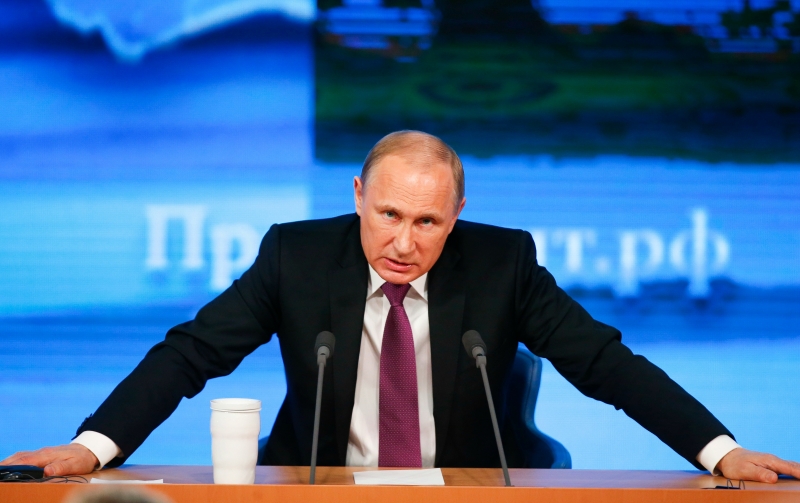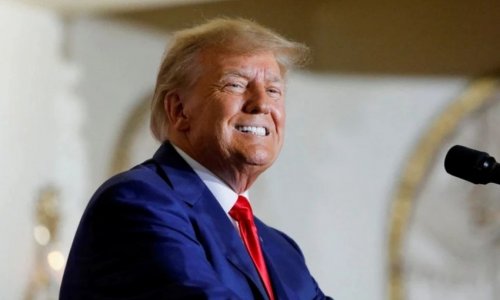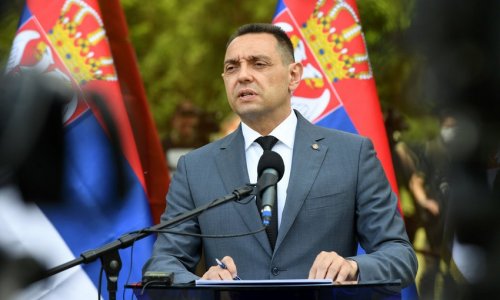By Nate Schenkkan
It has been a transformative year for Eurasian integration and its flagship project, the Eurasian Economic Union (EEU). What started off as a relatively simple customs union in early 2014 has been transformed by treaty into a single economic space that includes Belarus, Kazakhstan, and Russia and will soon include Armenia and Kyrgyzstan. In some ways, the last year was a triumph. But expansion has come at the cost of the union’s coherence, and as Russia’s economy spirals into crisis, the prognosis for 2015 is dire. More and more, the peripheral economies realize that they are bound to a drowning Russia.
BEND THE RULES
The EEU’s predecessor, the Eurasian Customs Union, had been distinctive in the former Soviet Union because, unlike so many other multilateral bodies there, it was following its written rules and developing as an institution. New customs controls and tariff limits shared among Belarus, Kazakhstan, and Russia were being enforced. Hundreds of young civil servants had been hired. And progress had been made toward creating a shared regulatory framework for everything from financial services to telecommunications to agriculture. Capital, labor, and goods would soon flow freely, and even more ambitious goals seemed achievable, thanks to the political commitment of the powerful leaders of Belarus, Kazakhstan, and Russia.
That political commitment vanished in the aftermath of the Ukraine crisis. The proximate cause of the Ukrainian revolution was then President Viktor Yanukovych’s rejection of a trade deal with the EU and announcement that Ukraine would join the Customs Union instead. The ensuing protests and ouster of Yanukovych crushed any hope that Ukraine would offer its substantial economic potential to the Customs Union. Russia’s subsequent annexation of Crimea and invasion of eastern Ukraine terrified Belarus and Kazakhstan, each with its own large Russian minority.
Instead of trying to resolve the contradictions created by the Ukrainian crisis, Russia lashed out without consideration for its union partners. It responded to Western sanctions with its own countersanctions on food imports—sanctions that Belarus and Kazakhstan refused to enforce. In recent weeks, Belarus and Russia have traded tit-for-tat measures as Russia sought to clamp down on the reexport from Belarus to Russia of banned European goods and Belarus retaliated by slowing Russian imports to a halt. In addition, Russia dramatically sped up the accession process for Armenia and Kyrgyzstan, two marginal economies with little to offer the union besides a photo opportunity. Armenia does not even share a land border with the union.
Kazakhstan’s President Nursultan Nazarbayev—the most sincere believer in the original project—rebelled against the expansion because of fears that inclusion of two Russian client states would dilute Kazakhstan’s influence. This spring and summer, Kazakhstan tried to delay Armenia’s inclusion on the grounds that Armenia could join only without the unrecognized republic of Nagorno-Karabakh, which is legally still a part of Azerbaijan. Nazarbayev believed that Armenia would never agree to impose customs controls on its border with Nagorno-Karabakh, but during the negotiations, Armenia agreed to exclude the territory from the union. Yet just days after Armenia’s EEU signing, an Armenian official said publicly that Armenia’s border with Nagorno-Karabakh would remain open. In other words, from almost the moment of signing, Armenia indicated that one of the treaty’s core principles—the enforcement of borders—had no value. Yet Armenia’s patrons in Moscow gave no rebuke.
Kyrgyzstan, meanwhile, is a notoriously weak state that has profited from its position as a member of the World Trade Organization that shares a border with China. It is an open secret that goods flowing into Kyrgyzstan from China have tariffs assessed by weight at a single rate (essentially, an importer pays the same tariff for one ton of computers as for one ton of cauliflower), in violation of the country’s WTO agreement. Fully complying with the union would require Kyrgyzstan to impose much higher tariffs on Chinese imports, and the government has neither the capacity nor the will to do so. A recent statement from the Kyrgyzstani customs service indicates that any imposition of new tariffs on Chinese imports will be delayed until well after accession.
Kyrgyzstan also lacks the capacity to ensure that its meat and dairy products meet union standards. Although Russia has offered hundreds of millions of dollars in transition support (and presumably might be willing to cut its junior partner some slack on standards), Kazakhstan controls Kyrgyzstan’s land borders with the union and can easily use stringent interpretations of the rules to keep Kyrgyzstan from shipping to Russia. Kazakhstan’s own domestic producers have been feuding with Russia over import restrictions this year, and so it is unlikely that they will welcome additional competition from Kyrgyzstan in the south.
PHOTO OP
In short, with the addition of Armenia and Kyrgyzstan to the union, Russia won the photo opportunity it wanted. But the breakneck expansion undermined the union’s integrity, and what was once a shared effort among three countries has become a vanity project for Moscow.
If the long-term picture for the EEU is one of increasing dysfunction, the short-term regional economic picture is frightening. In 2015, Russia’s economy is expected to fall into full recession and possibly outright financial crisis. The shocks will reverberate throughout the region. For economic as well as psychological reasons, the values of regional currencies are tied to the cratering ruble. Already in 2014, Kyrgyzstan’s National Bank has sold $464 million in dollars (the equivalent of about 6.5 percent of GDP) defending the Kyrgyz som, which has still lost more than 17 percent of its value against the dollar. The National Bank is now threatening to close foreign currency exchange points in order to stem speculation. Someone in Kazakhstan other than the Central Bank has been spending billions to protect the Kazakh tenge since it was devalued by 19 percent overnight in February, but many analysts in Kazakhstan and abroad say another devaluation is inevitable anyway. This week, the government announced measures to decrease dollar usage and increase the role of the tenge, including restrictions on foreign currency exchange and incentives for putting savings into tenge. Belarus has imposed a 30 percent surcharge on all currency exchange transactions to try to stem a flood of dollar purchases amid ruble panic, and on December 27, President Aleksander Lukashenko removed the prime minister and head of the Central Bank.
The weakening ruble means that millions of Central Asian and Caucasian migrants in Russia are sending home fewer and fewer dollars each week, and exporters in the periphery are finding it more and more expensive to sell to Russia. Even the promise of Russia’s food market, opened up after its countersanctions on Europe this summer, is drying up, since a weak ruble means that peripheral producers will be either uncompetitive or unable to turn a profit. Although it is fashionable among Central Asia watchers to stress China’s growing influence in the post-Soviet periphery, non–oil and gas exports from Central Asia still flow north and remittances still come from Russia. If Russia’s economy hits bottom in 2015, as many are predicting, Central Asia and the Caucasus will hit bottom along with it.
For Western policymakers, the good news is that sanctions are working. Russia’s economy has proved far more fragile than Russian President Vladimir Putin thought. The Eurasian Economic Union is dead in all but name. It will survive as another hollow post-Soviet multilateral institution celebrated with presidential summits but producing no progress toward its stated goals. The EEU’s crumbling is proof that Russia’s capacity for influence is weakening. Russia has been able to assure control over small fragile states such as Armenia and Kyrgyzstan, but its ability to project power past its traditional area of influence has shrunk. If the point of sanctions was to draw a harsh line against seizing territory in Europe through war, that message has been communicated.
But the bad news is also that sanctions are working. A genuine economic and fiscal crisis starting in Russia and spreading across the former Soviet Union will amplify existing nationalism, separatism, and military adventurism, not only in Russia and on its borders but across the whole post-Soviet periphery. Once that process gains momentum, neither the West nor China will be willing or able to stop it. There is an urgent need to prepare for a post-Soviet financial and economic crisis in 2015. Western policy needs to think past punishment for Ukraine and anticipate the consequences of the crash of the Eurasian economy.
(Foreign Affairs)
ANN.Az
Follow us !











